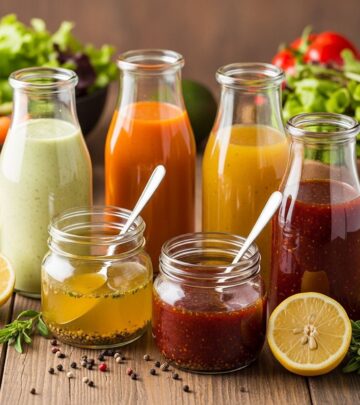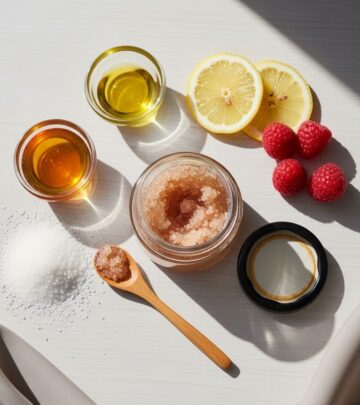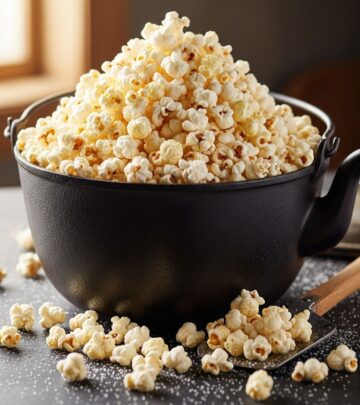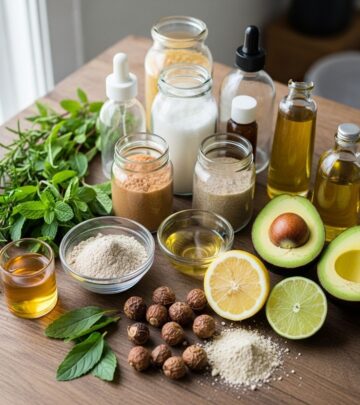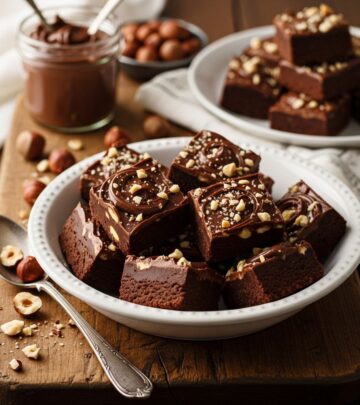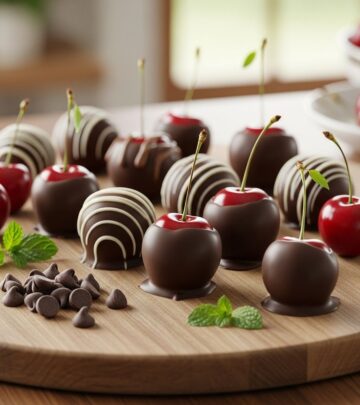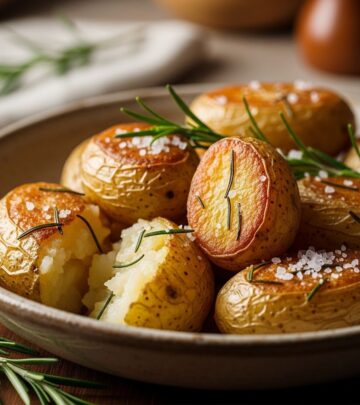Homemade Concord Grape Jelly: A Step-by-Step Guide to Sweet Perfection
Craft a vibrant, homemade jelly that balances tartness and sweetness with every spoonful.

Image: HearthJunction Design Team
Homemade Concord Grape Jelly: A Classic Made From Scratch
Concord grape jelly is a timeless American favorite, renowned for its rich, deep flavor and gorgeous purple hue. Crafted from freshly harvested Concord grapes, this jelly is a highlight of late summer and fall, loved for slathering on toast, swirling into yogurt, or layering in classic PB&J sandwiches. While commercial grape jellies line grocery shelves, nothing compares to the taste and satisfaction of making your own from scratch. This comprehensive guide will walk you through the entire process—from selecting and preparing your grapes to canning and enjoying your homemade creation.
Why Make Concord Grape Jelly at Home?
Homemade Concord grape jelly offers a depth of flavor that’s unmatched by store-bought varieties. Real Concord grapes have both tartness and sweetness, creating a robust and balanced taste. Plus, you control the ingredients—no artificial flavors or excessive sweeteners. The process is straightforward and rewarding, whether you’re an experienced canner or a curious beginner.
- Superior flavor from real fruit
- No artificial additives
- Tradition: a time-honored fall kitchen ritual
- Customizable sweetness to taste
- Perfect for gifting during the holidays
Ingredients and Equipment
To create a classic batch of Concord grape jelly, you’ll need a handful of pantry staples and some basic canning supplies. Here’s what to gather:
Ingredients
- Fresh Concord grapes: about 3 1/2 lbs (enough for a standard batch)
- Granulated white sugar: 7 cups (typical for jelly, but can be adjusted)
- Liquid pectin: 1 (3-ounce) pouch—ensures a reliable set (though grapes contain natural pectin)
- Water: 1/2 cup
- Optional: a touch of lemon juice for brightness
Essential Equipment
- Large heavy-bottomed pot
- Fine mesh strainer or jelly bag
- Large bowl
- Wooden spoon or potato masher
- Measuring cups
- Canning jars (half-pint size is classic), lids, and bands
- Water-bath canner or large stockpot for processing
- Jar lifter and canning funnel (optional but helpful)
Step-by-Step Instructions for Making Concord Grape Jelly
The journey from fresh grapes to finished jelly involves several key steps: preparing the fruit, extracting juice, cooking with sugar and pectin, and canning for shelf stability. Give yourself a couple of hours, and enjoy the process!
1. Prepare the Concord Grapes
- Rinse grapes thoroughly to remove dirt or debris.
- Remove stems and discard any shriveled or damaged grapes.
To separate skins from pulp (optional but recommended for velvety texture): Pinch each grape between thumb and forefinger. The pulp will pop out, leaving the skin. Collect skins in one bowl and pulp in another.
2. Extract the Juice
- Place grape pulp (with seeds) in a large pot. Add a splash of water if needed to prevent scorching.
- Bring to a gentle boil. Simmer for about 10 minutes, stirring often. The pulp will break down and seeds will loosen.
- Add reserved grape skins back into the pot. Cook another 5–10 minutes to extract color and flavor. Mash the mixture with a potato masher for best extraction.
Let the mixture cool slightly, then strain through a fine mesh sieve, cheesecloth, or jelly bag into a large bowl. Do not press or squeeze too hard; this helps keep the jelly clear. Discard solids.
3. Measure Grape Juice and Add Sugar
- Measure the extracted juice—usually about 5 cups from a 3 1/2 lb batch of grapes.
- Pour the juice into your cleaned pot. Add 7 cups of granulated sugar (a standard ratio, but you can reduce slightly for a tarter jelly).
- Stir well to dissolve the sugar.
4. Add Pectin and Cook
- Place pot over high heat and bring mixture to a full rolling boil, stirring constantly.
- Add the liquid pectin all at once. Continue stirring and return to a boil.
- Boil hard for exactly 1 minute, stirring constantly. (This ensures proper gel formation.)
Remove from heat and quickly skim off any foam.
5. Fill the Jars
- Sterilize jars and lids by boiling or in a hot dishwasher cycle. Keep hot until ready to fill.
- Ladle the hot jelly into prepared jars, leaving 1/4-inch headspace at the top.
- Wipe jar rims clean. Place lids and apply bands until fingertip tight.
6. Process in a Water-Bath Canner
- Place filled jars in a boiling-water canner. Ensure jars are covered by at least 1–2 inches of water.
- Process for 5 minutes (for half-pint or pint jars).
- Remove jars and cool upright, undisturbed, for 12–24 hours. Listen for the “pop” of sealing lids.
Once cool, check seals. Any unsealed jars should be refrigerated and used first.
Tips for Success
- Use fresh, ripe Concord grapes for best flavor.
- Do not reduce sugar dramatically or skip pectin without adjusting for the natural pectin content—this can affect set and shelf stability.
- For a smoother jelly, avoid pressing solids when straining juice.
- If jelly is cloudy, it’s likely from over-squeezing or not letting sediment settle before processing.
- For a more robust flavor, add a teaspoon of lemon zest during cooking.
- Skim foam for a clearer finish, but some foam is harmless and does not affect taste.
Serving Suggestions and Storage
Homemade Concord grape jelly shines in both classic and creative applications:
- Spread generously on buttered toast or English muffins
- Use in the ultimate peanut butter and jelly sandwich
- Add to thumbprint cookies or swirl into yogurt and oatmeal
- Serve alongside cheese boards, particularly sharp cheddar
- Warm slightly and drizzle over pancakes or ice cream
Properly processed jelly keeps unopened for up to a year in a cool, dark pantry. Refrigerate after opening and use within a month. Homemade jelly also makes a cherished homemade gift, capturing the essence of summer’s harvest in a jar.
Nutritional Information (Approximate, Per Tablespoon)
| Nutrient | Amount |
|---|---|
| Calories | 50 |
| Total Carbohydrates | 13g |
| Sugars | 12g |
| Protein | 0g |
| Fat | 0g |
Jelly is naturally fat-free and low in sodium, but it is high in sugar. Enjoy in moderation as part of a balanced diet.
Frequently Asked Questions (FAQs)
Do I need to add commercial pectin when making Concord grape jelly?
Concord grapes are naturally high in pectin, especially when slightly under-ripe. You can make jelly without commercial pectin by cooking the juice and sugar to the gel stage, but using liquid pectin is more foolproof and ensures a reliable set, particularly for beginners.
Can I use less sugar or a sugar substitute?
Traditional jelly depends on the right ratio of sugar to fruit for proper set and preservation. Reducing sugar can result in a runnier jelly and may reduce shelf life. For sugar substitutes or low-sugar pectin, follow specific recipes designed for those ingredients.
Why does my jelly look cloudy?
Cloudiness is usually from squeezing the fruit during straining, rushing extraction, or using overripe fruit. For the clearest jelly, let the juice drip naturally through a jelly bag.
How do I test if the jelly will set?
Do the “plate test”: spoon a small amount of cooked jelly onto a cold plate and let sit for a minute. If it wrinkles when pushed, it’s ready. Alternatively, use a candy thermometer—gel stage is around 220°F (104°C).
Is it safe to can grape jelly without a water bath?
Water-bath processing is recommended for shelf stability and safety. It ensures bacteria, molds, and yeasts are destroyed and jars seal properly. Store any unprocessed jars in the refrigerator and use promptly.
Homemade Concord Grape Jelly: Tradition in a Jar
Making Concord grape jelly is more than a kitchen task—it’s a celebration of the harvest and a way to share the sweetness of the season with friends and family. Whether as a breakfast staple or a gift from the heart, each jar is a testament to the beauty and flavor of fresh, sun-ripened grapes. Roll up your sleeves, turn up your favorite music, and enjoy the process of crafting a classic treat that’s been cherished for generations.
References
Read full bio of Srija Burman

